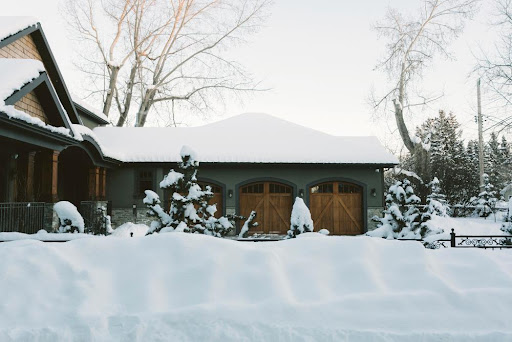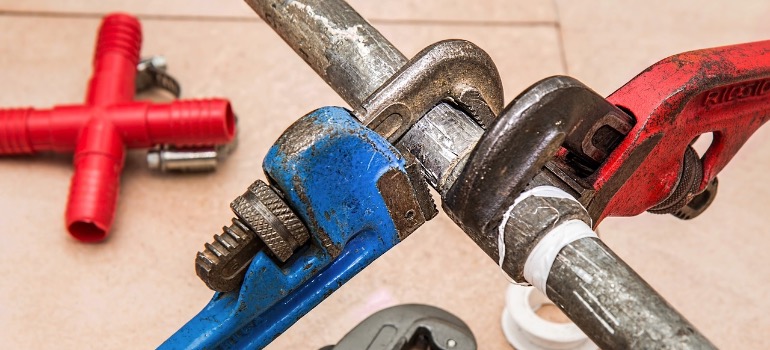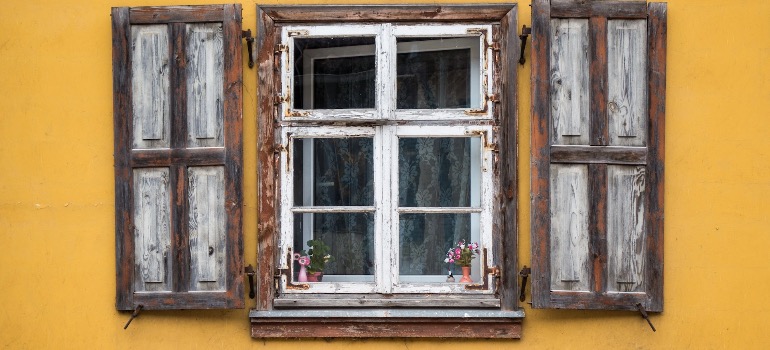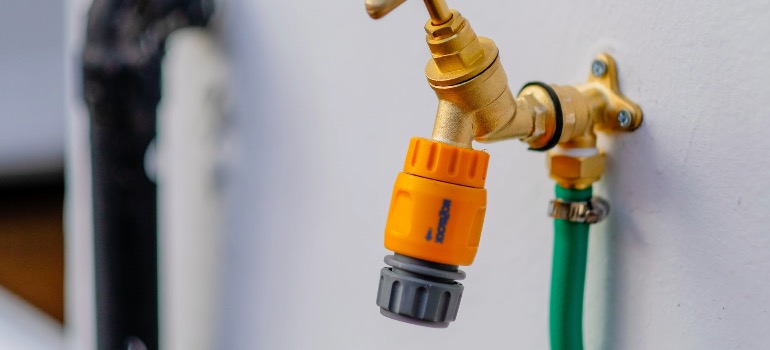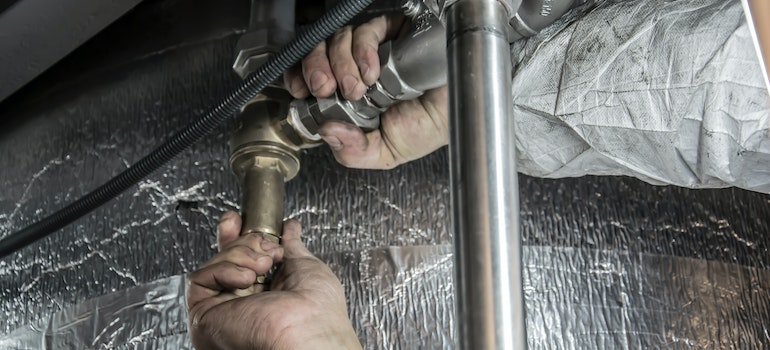
The cold months of winter are when the plumbing pipes in your home – water pipes and drain lines – are exposed to their highest risk of damage. However, San Diego Management team says, this risk doesn’t always come from the impact of cold weather on the structural integrity of the pipe materials.
The main risk to your plumbing comes from the possibility that the water inside your pipes may freeze. This is because of the strange behavior of water when it freezes. Unlike other materials, water expands as it freezes. This is a huge problem for your plumbing.
Frozen water inside your pipes and drain lines can exert enormous pressure on the shrinking pipes, causing them to crack or even burst. The damage caused by the frozen water inside the pipe may not even be visible until the line starts to thaw.
This not only makes the problem hard to detect, but it is the main reason why flooding is such a big household issue during winter. What is the best way to protect your pipes from winter? You have to know the steps to winterize the plumbing pipes in your home.
How to protect your pipes from winter
Insulate your pipes
Water pipes in the unheated spaces within your home are most vulnerable to freezing winter temperatures. Without spending a lot of money, you can insulate these pipes. Cheap foam insulation is an effective way to do this. You can also wrap pipes in thermostatically controlled heat tapes; these will switch on when the water temperature inside the pipes falls below a given threshold. Faucet covers, duct tape, rags, towels, old clothes, and newspapers can all serve as insulating materials.
Seal all air leaks
Leaks around windows and doors serve as entryways for cold air to enter the home, allowing hot air to escape from the house. Sealing them improves the thermal envelope of the home by enhancing the efficiency of the heating system and insulation. Openings around entry points for electrical wiring, dryer vents, and pipes should not be overlooked. Those should be sealed with caulk or insulation. This step should be done before insulating the unheated spaces in the home.
Insulate the unheated spaces in your home
In addition to insulating water pipes in unheated spaces, you also want to insulate the spaces themselves. Basements, attics, and crawlspaces are some of the unheated spaces where you find water pipes. The short-term solution for heating these areas is to install a small space heater in the room. Longer-term solutions require you to insulate walls and ceilings. There are a range of insulating materials you can use for this.
Drain outdoor hoses and faucets
Outdoor hoses and faucets may crack and leak if the water inside them freezes. They may serve as a medium to transfer cold temperatures from outside the home into the plumbing pipes within the home. To prevent this, disconnect all outdoor hoses before winter and drain them before putting them in storage. Open exterior faucets and let the water inside them drain (after you shut the connected indoor valve). For an added layer of protection, you may want to install freeze-proof faucets.
Keep cabinet doors open and garage doors closed
Water pipes inside cabinets and under-sink areas (especially sinks on exterior walls) are often cut off from the warm air circulating inside the home. As a result, these pipes are prone to freeze. You can solve this by keeping cabinet doors open to let warm air inside the home flow to these areas. Garage doors, on the other hand, should be kept closed to keep the colder air outside the home from getting to the water supply lines in the garage.
Maintain warm temperatures inside your home
The temperature inside your home should be set no lower than 55° F. Maintain this setting every night and day, even when you are away from your home. The few dollars you save by switching to a lower temperature are nothing to the cost of fixing a burst pipe or repairing your water-damaged home. If you plan to be away from the home for an extended period, shut off the water and drain your pipes.
Keep faucets dripping inside the house
Moving water is less likely to freeze. Allowing a trickle of water to flow from your faucets will keep the water inside your water lines moving at all times. Even if temperatures fall very low, the water inside your pipes will not freeze because it is not still. This trick will have minimal impact on your water bill. The cost is insignificant compared to the distress of having a burst pipe inside your home.
These steps will help you protect your pipes from winter, but you shouldn’t stop there. Remember that these are general recommendations, but your home’s plumbing is unique. This is why it makes sense to have a professional plumber inspect the plumbing and advise you on additional steps to protect your pipes during the cold season.





